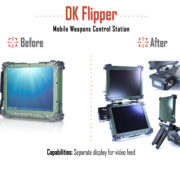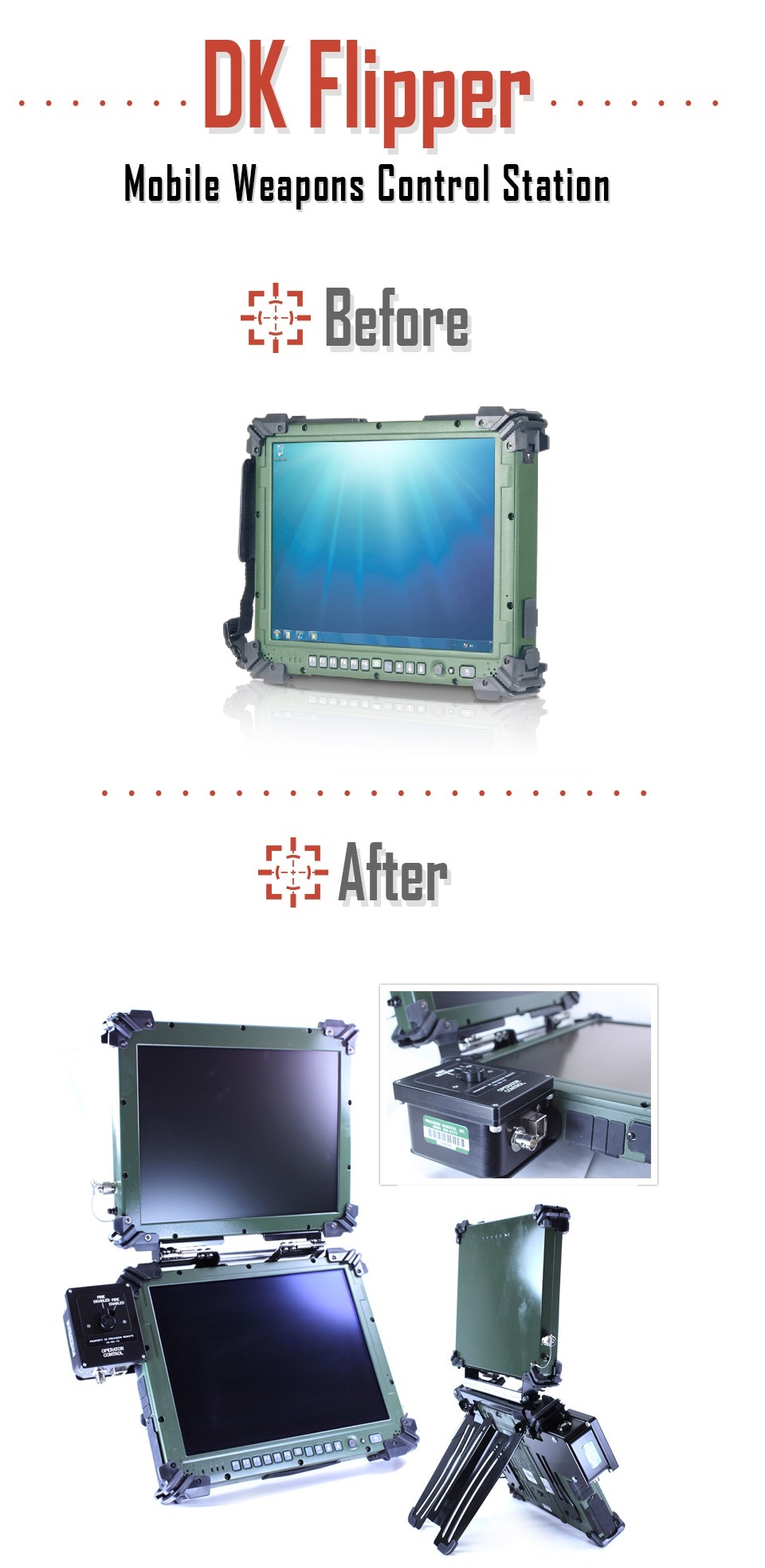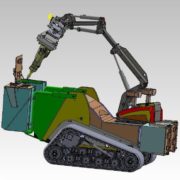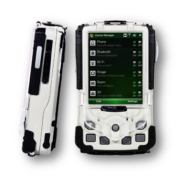I have encountered an interesting prejudice. Some people have confidently informed me that the smaller the form factor, the more reliable it is. Laptops are more reliable than desktops, but less reliable than tablets, which aren’t as rugged as handhelds.
To be clear, whatever rugged platform AMREL sells you – tablet, laptop, or handheld – it has been built for the utmost reliability. We build our computing solutions as if lives depend on them, because a lot of the times lives do depend on them.
If you have never heard of the “smaller is more dependable” myth, don’t worry about it; most of the experts that I talked to never heard of it either. In fact, for reasons, which will be explained, it doesn’t make sense on multiple levels.
Still, I wondered why some people might think their smaller platforms are more dependable. Here are few theories.
The problem is not the hardware, but the operating system (OS). Most desktops still use Windows, while many smaller form factors do not. Some point to Windows as the culprit behind the “bigger is more unreliable” myth. Windows has a number of issues which could contribute to more frequent breakdowns.
For one thing, the Windows OS on your desktop has a lot of updates, whereas the Android OS on your smartphone may be frozen. Frequent updates create more points of failure and more “bloated” software. Furthermore, Windows seeks updates during the boot process, which can overload the CPU, leading to a significantly slower starting time.
Legacy issues are another cause of “bloated” software. Your brand new Windows OS has to accommodate programs that were written when floppy discs were still considered an exciting new innovation. This leads to complications, more resources being used, and just more problems. Also, developers for the newer Android OS can learn from the mistakes that Windows has made previously.
Some claim that Windows is more susceptible to malware and viruses than the OS typically used on smartphones. This makes sense considering how much older and widespread Windows OS are.
In addition to the Windows OS, some point the finger at poorly written applications. Apple is notoriously strict about the apps than can run on its equipment. Windows less so.
Nope, hardware is the problem. Supposedly, hardware used in laptops and desktops are much more varied than those found in tablets and smartphones. This is more challenging for their OS, and a more diverse supply chain contributes to quality issues. I am not sure this is true, but some folks believe it.
More flexibility means less rigidity, which means less reliability. You have a lot more options on your desktop than your smartphone. A simpler, locked-in, frozen device has less ways of fouling up. It is more likely that your machine gun will jam than your sword will break.
The simplicity of the smaller form factors means they’re easier to upgrade. All computer companies constantly improve their platforms. However, smartphone manufacturers have an easier time of fixing problems, because of the more limited nature of their solutions. Again, I am not sure I totally buy this explanation, but it is an argument that I have heard.
Actually, smartphones are not more reliable than desktops. We throw away broken smartphones. We repair desktops. We mentally compartmentalize the two tasks differently, so we think never think about debugging smartphones, whereas we remember the frequent annoying calls to tech support for our desktops. Think of how often you buy a smartphone as compared to how often you buy a laptop or desktop.
The “smaller is more reliable” myth is really, stupid and reflects a fundamental misunderstanding about technology. By far and away, this was the sentiment that I heard expressed the most by AMREL’s engineers.
“Compared to a smartphone, a desktop is a large truck,” explained Magnus Pyk, AMREL’s Director of Engineering. “It has more power, more torque, and just more room for more stuff. You can put an entire recording studio on a desktop, far more than what a tablet or smartphone is capable of. Smaller form factors are lowered powered, simpler systems. This is worse than comparing apples to oranges.”
In other words, you can’t compare the different platforms, because they are not comparable. They are built for entirely different range of capabilities. A compact car might get better gas mileage than a tank, but if I had to go into battle, I know which vehicle I would want.
Whatever form factor you do decide on, you may want to check out AMREL’s complete list of offerings. No matter what size platform you choose, we have one that you will absolutely, positively be able to depend on.
















